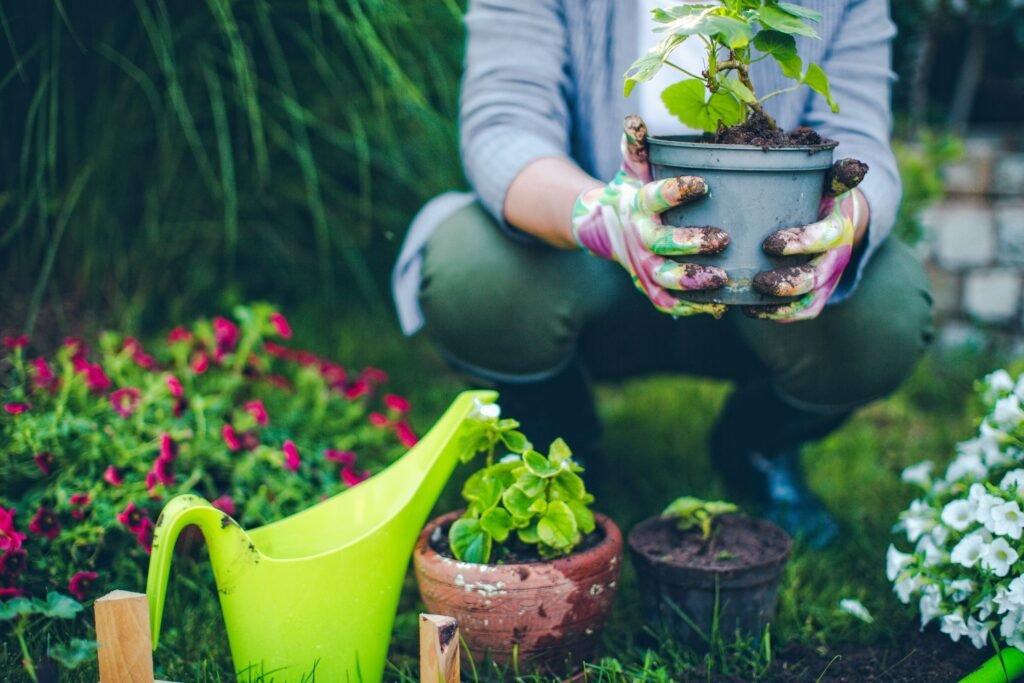
In the vast digital landscape, where information blooms like flowers in a well-tended garden, gardening enthusiasts can cultivate not only vibrant blooms but also a thriving online presence. Search Engine Optimization (SEO) is the key to ensuring that your gardening content blossoms and reaches a wider audience. In this article, we will explore the essential techniques for gardening with SEO, helping you cultivate a robust online garden.
- Planting the Seed: Keyword Research
Just as a gardener carefully selects seeds for planting, a successful SEO strategy begins with thorough keyword research. Identify relevant keywords and phrases that reflect the interests and queries of your target audience. Tools like Google Keyword Planner can help you discover high-volume, low-competition keywords that will enhance the visibility of your gardening content.
- Watering the Garden: Quality Content is Key
Just as plants need water to thrive, your online garden needs quality content. Create engaging, informative, and shareable content that addresses the needs and interests of your audience. Whether it’s guides on organic gardening, tips for seasonal planting, or DIY projects, ensure that your content provides real value. Google rewards high-quality content with better search rankings.
- Sunlight for Growth: Optimize for On-Page SEO
Just as plants need sunlight for photosynthesis, your website needs on-page SEO to absorb the right kind of traffic. Optimize your content by including target keywords in strategic locations such as titles, headings, and meta descriptions. Ensure that your images are properly labeled with alt tags, making them more accessible to search engines.
- Pruning and Shaping: Internal Linking Structure
Just as a gardener prunes to shape a plant, you should establish a strong internal linking structure. Connect related articles and pages within your website to guide both users and search engines through your content. This not only enhances user experience but also distributes authority across your site, improving overall SEO.
- Fertilizing the Soil: Backlinks and Off-Page SEO
Backlinks act as the fertilizer for your online garden. Cultivate relationships with other gardening websites, blogs, and influencers in the community. Guest posting, participating in forums, and social media engagement can help you acquire valuable backlinks, signaling to search engines that your content is credible and authoritative.
- Weeding Out the Unwanted: Technical SEO
Just as a gardener weeds out unwanted plants, you must address technical SEO issues to ensure a healthy online presence. Regularly audit your website for broken links, optimize loading speed, and make sure your site is mobile-friendly. A well-maintained and technically sound website is favored by search engines.
- Harvesting the Fruits: Monitor and Adapt
Gardening, like SEO, is an ongoing process. Regularly monitor your website’s performance using tools like Google Analytics. Track keyword rankings, user engagement, and other relevant metrics. Use the insights gained to adapt your strategy, planting new seeds and adjusting existing content to keep your online garden thriving.
Conclusion:
Just as a garden requires time, effort, and care, so does your online presence. By integrating SEO techniques into your gardening content, you can ensure that your insights and passion for plants reach a broader audience. Embrace the digital landscape, cultivate your online garden, and watch as your SEO efforts bear fruit in the form of increased visibility and engagement. Happy gardening and optimizing!